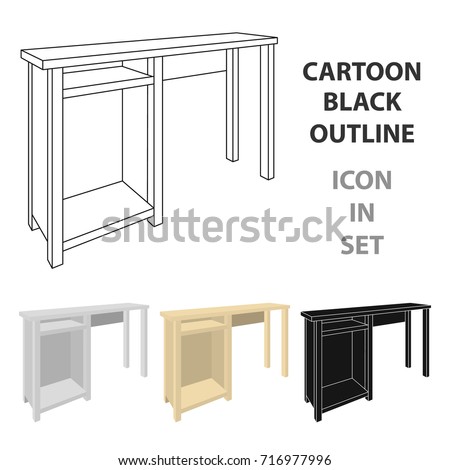Comprehensive Recommendations For Refurbishing Vintage Cabinets
Comprehensive Recommendations For Refurbishing Vintage Cabinets
Blog Article
Composed By- https://kitchenremodelling64208.blogripley.com/28388370/immerse-on-your-own-in-a-world-of-exceptional-craftsmanship-and-personalized-design-led-by-a-talented-custom-cabinet-maker-turning-your-home-right-into-practical-and-creative-expressions
To begin the trip of recovering antique cabinets, you require a keen eye for detail. Think of discovering hidden tricks within each layer of history embedded in the wood. Photo the satisfaction of reviving a once-forgotten item to its previous glory. Every action of this thorough procedure holds the key to preserving the past while creating a future antique. So, are you all set to start this transformative venture and unlock the possibility of your antique cabinets?
Examining the Closet's Problem
When beginning the restoration process, begin by assessing the problem of the antique cupboard. Thoroughly analyze the overall structure for any kind of indicators of damage such as splits, chips, or loosened joints. Examine the timber for any rot, bending, or insect problem that might have taken place gradually. It's essential to establish the level of the reconstruction required prior to continuing further.
Next, check the closet's hardware such as hinges, knobs, and locks. Make note of any kind of missing out on pieces or components that require fixing or replacement. Make certain that all hardware is operating appropriately and safely affixed to the cupboard.
Furthermore, review the cupboard's finish. Try to find any type of scratches, discolorations, or staining that may influence the aesthetic allure. Identify if the surface requires to be stripped and reapplied or if an easy touch-up will certainly suffice.
Gathering the Required Devices and Materials
After analyzing the problem of the antique cabinet, the following action is to gather the needed devices and materials for the repair procedure. Before you start, ensure you have the complying with things available:
- wood cleaner
- sandpaper in various grits
- wood filler
- paint or timber stain
- brushes
- gloves
- safety goggles
- a dust mask
- a ground cloth
- a putty blade
- a hammer
- a screwdriver
- a vacuum cleaner
These devices and products are necessary for a successful reconstruction.
Wood cleaner is critical for removing years of dirt and crud accumulation, preparing the surface for sanding. Sandpaper of various grits helps in raveling blemishes and preparing the timber for a brand-new finish. Wood filler is handy for repairing any fractures, openings, or damages present in the closet.
Paint or wood tarnish, together with brushes, allow you to tailor the closet to your choice. Bear in mind to use handwear covers, safety and security goggles, and a dirt mask for security. Set a drop cloth to safeguard your workspace, and utilize a vacuum cleaner to tidy up any particles.
With these devices and products gathered, you're ready to begin the remediation process.
Performing the Restoration Refine
To successfully execute the repair procedure on your antique cupboard, start by extensively cleansing the surface area with the timber cleaner. This step is crucial as it helps get rid of years of dust, gunk, and old gloss that may have accumulated externally.
When the closet is tidy and completely dry, assess the condition of the timber. Search for any type of splits, scratches, or other problems that require to be attended to. Use wood filler to repair any type of blemishes, seeing to it to match the filler shade to the wood tone for a smooth surface.
After the repair work have actually dried out, gently sand the whole surface to create a smooth and even base for the new surface. Beware not to sand also boldy, as you do not want to harm the timber underneath.
Once the sanding is total, use a wood discolor or complete of your selection, following the producer's guidelines. Permit the coating to completely dry entirely prior to applying a safety leading coat to guarantee the durability of your restored antique cabinet.
https://www.forbes.com/sites/houzz/2016/05/27/a-beginners-guide-to-managing-a-remodel/
Since you have completed the remediation process, your antique cupboard looks just as good as brand-new.
By following the step-by-step guide, you were able to analyze, fix, and boost its problem easily.
With a fresh finish and safety top layer, your valued piece will continue to radiate for several years to come.
Delight in the charm of your brought back antique closet!
